The treatment offered will depend on the type and stage of melanoma, as well as your general health.
How is melanoma treated?
Most melanomas are found at an early stage and can be treated by surgery alone.
If the melanoma is advanced, which means it has spread to other parts of your body, the treatment includes:
- surgery
- radiation treatment
- targeted treatment
- immunotherapy
- chemotherapy
Surgery for melanoma
When you are first diagnosed with melanoma skin cancer, you will usually need surgery to remove skin around the melanoma to make sure all cancerous cells are removed.
For advanced melanoma that has spread through the body, surgery can be used to:
- Help control the growth of advanced melanoma
- Help relieve symptoms
- Assess and remove lymph nodes to stop the spread
- Remove melanoma that has spread
Depending on the melanoma's size or location, you may need a skin graft or skin flap to cover the area where your melanoma was removed.
A skin graft is a surgical operation where a piece of normal, healthy skin from another part of your body is taken and used to cover the area where the melanoma was removed.
A skin flap is a thicker layer of healthy skin and tissue that is partially connected, and it is moved to cover a nearby wound.
The main difference between a skin graft and a skin flap is that a skin flap needs its own blood supply to heal.
After your surgery, the wounds will be covered with a dressing and left untouched for several days. It will then be checked to see if it is healing properly.
It is not usual for the area your donor skin was taken from to be more painful than the grafted area.
Sometimes, a skin graft or skin flap fails and needs to be repeated.
After you have a skin graft or skin flap, the surrounding area of skin may look different. Over time this will heal, and any colour differences will fade.
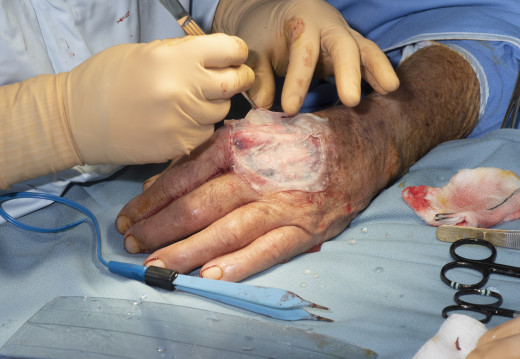
If you have lymph nodes removed, contact your doctor if you notice swelling or have heaviness, tightness, stiffness or pain in the affected. This could be lymphoedema
Radiation for advanced melanoma
Radiation treatment is the use of radiation high energy beams to destroy cancer cells or slow their growth. Treatment is carefully planned to do as little harm to normal cells.
Radiation treatment is commonly used for advanced melanoma to relieve symptoms such as pain or swelling. The treatment is usually given daily.
Chemotherapy for advanced melanoma
Chemotherapy can be given before or after surgery and is usually given by injecting the medication into a vein (IV treatment). There are other ways of having chemotherapy, including tablets.
For multiple melanoma nodules found only on an arm or a leg, chemotherapy may be given directly into the limb's blood vessels. This is called limb infusion/perfusion and is not widely available.
Chemotherapy is occasionally used as palliative treatment for melanoma that cannot be treated by other methods.
Immunotherapy for advanced melanoma
Immunotherapy is a treatment that boosts the body’s own immune system to fight cancer. Advanced melanoma can produce a substance that stops a type of white cell (called a T-cell) so that the T-cell can no longer fight off the melanoma.
The medications Keytruda (Pembrolizumab) and Opdivo (Nivolumab) are treatments that allow the T-cell to stay active (turned on) to fight melanoma cells.
Funded immunotherapy and targeted treatments are only available when certain criteria are met. Please discuss this with your specialist.
New therapies for advanced melanoma
There have been many recent advances in melanoma treatment, and more are expected soon. Unfortunately, these treatments are expensive, and PHARMAC cannot provide funding for all the treatments that might help manage your melanoma.
You may like to ask your oncologist if there are any unfunded treatments available that may benefit you. Your oncologist will give you an estimate of the cost involved if you choose to fund your own treatment.
Palliative care
Palliative care aims to improve your quality of life. It is not just about end of life care.
Palliative care will help:
- you to enjoy the best quality of life you can for as long as possible
- make sure that your physical, practical, emotional and spiritual needs are looked after as well as possible
- manage symptoms of your cancer
- manage side effects of treatment
- help you to feel in control of your situation
- make your time as positive as it can be for you and your family/whānau
Speak with your treatment team about palliative care options for you and your family/whānau.
Using complementary or traditional healing
Sometimes people with cancer might think about using complementary therapies or traditional healing.
Some alternative, complementary and traditional healing methods may react with the treatment you receive and cause harmful side-effects.
It is important to talk to your treatment team about any other therapies you’re using or thinking about because they may interfere with hospital treatment.
Life after cancer treatment
After you finish treatment for cancer, give yourself time to adjust to the physical and emotional changes. We are still here to support you after your treatment finishes.
You will need regular check-ups with your treatment team. These may include some blood tests or physical examinations. Speak with your treatment team about the plan for you.
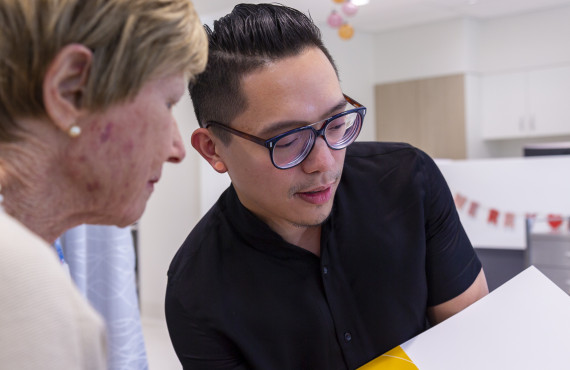
Research to find new and better ways to treat cancer.
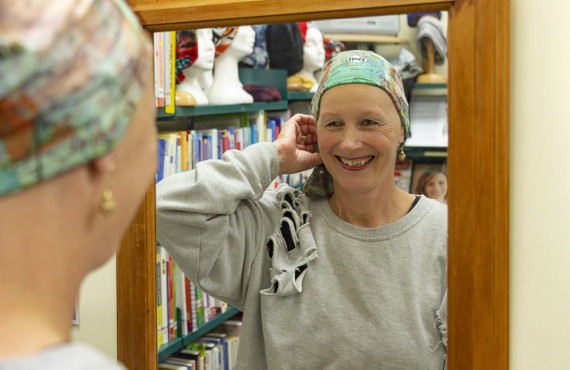
How to manage the symptoms of cancer and the side effects of treatment.
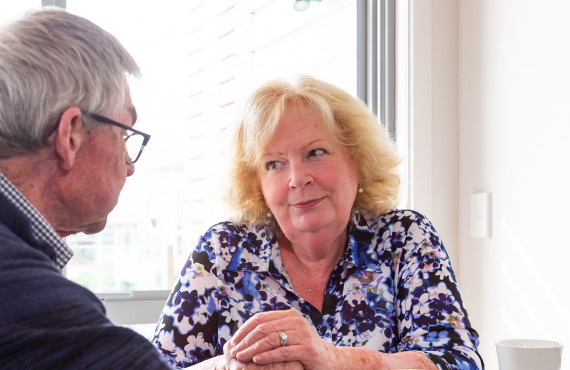
If you've had melanoma, you are at a higher risk of getting a new melanoma than the average person.
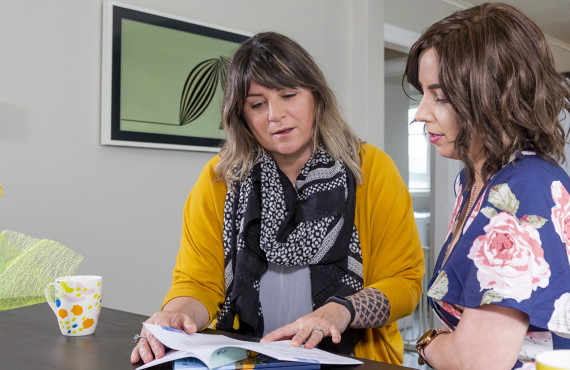
Help with making tough decisions about what treatment you will have.
We know that going through cancer is tough and can raise many questions. You are not alone.
We have health professionals to answer your questions and provide the support you need.
Get in touch
